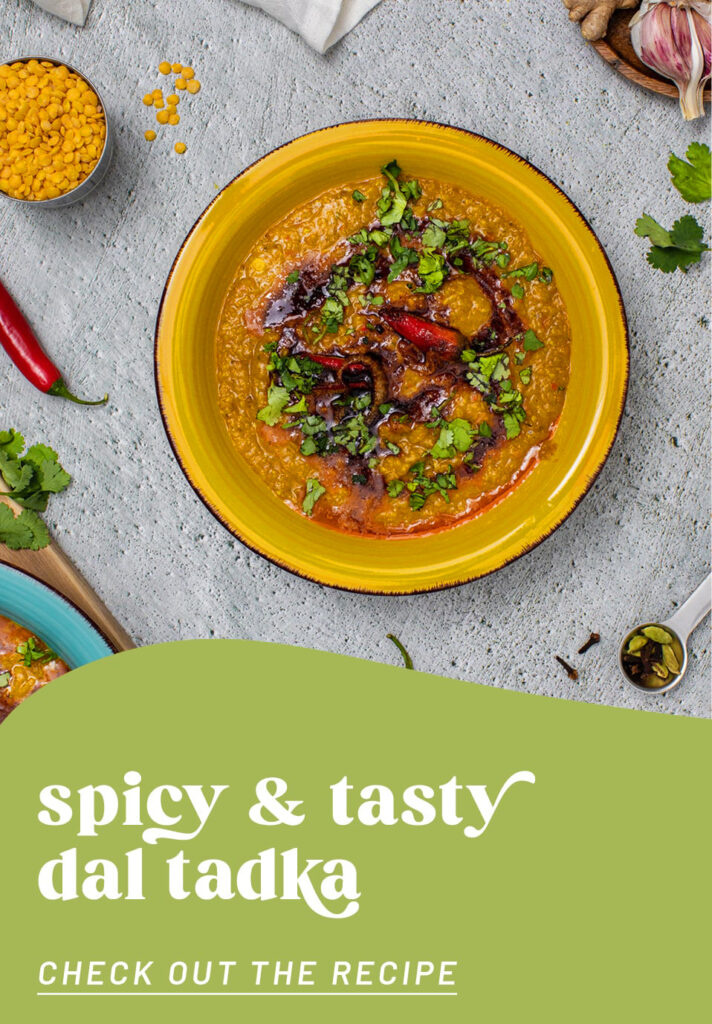VEGAN WORLDTRIP
India – the most popular travel destination for vegans


Come with us on a journey to discover the nirvana of vegan cuisine: India
India is a country that stimulates all our senses. Indian cities are loud, the streets are crowded, it’s hot, often dirty, and there are smells that can take some getting used to if you’re European. Few countries have given me as big of a culture shock as India did – even though I’m proud to say I have over 70 stamps in my passport. At the same time, very few countries have touched my soul as deeply.
It was in India that my journey from carnivore to vegan began. While I was preparing for my trip, a good friend of mine advised me to stick to vegetarian food only during my fortnight in Mumbai and Goa – as the hygiene in India’s kitchens sometimes isn’t up to what Europeans would expect, and because meat is processed slightly differently to what we are used to in Europe. It’s for this reason that many tourists heading to India go from being meat-devouring omnivores to vegetarians. And India is now considered the most popular destination for people who follow a plant-based diet.

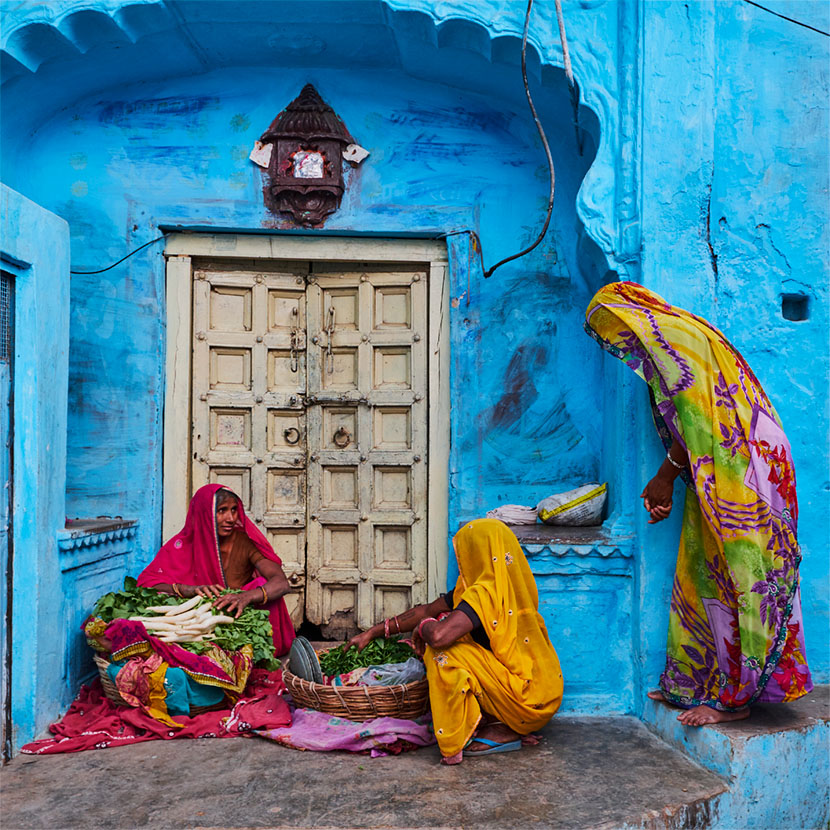

Meat quite simply has a less important role to play
With an average per capita consumption of 3.2kg of meat per year, India has one of the lowest meat consumption rates in the world. There are two main reasons for this: firstly, over 80% of the Indian population are Hindus, who believe in the concept of karma and are therefore either vegetarian or vegan. The second reason for vegetarianism being so widespread, however, is the fact that many Indians simply cannot afford luxuries like meat. Of course, this makes India a mecca for vegetarian and vegan tourists.
India is ten times the size of Germany, and accordingly, it is home to enormous cultural and culinary variety. To many people, Indian cuisine is synonymous with the dishes of the famous Moghuls, who, from the 16th to the 19th century, ruled over almost all of India. Gastronomy flourished under their rule, bringing about dishes such as curry, biryani and korma: delicacies which are still celebrated in Indian restaurants the world over.
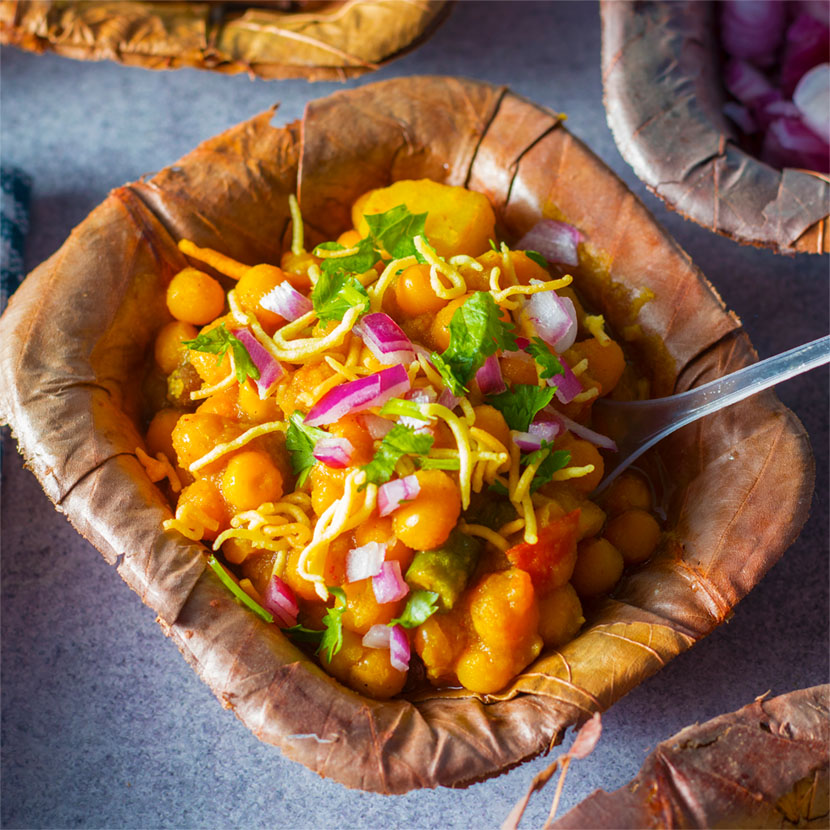
Spices: the be-all and end-all of Indian cuisine

Indian cuisine has also been shaped by active exchanges with Europe. Vasco da Gama established the first trade links with India in 1498, bringing the first curries, chutneys and many exotic spices to Europe. In return, the Portuguese, French and British colonial masters brought yeasted bread, pasta and potatoes to Indian cuisine.
Indian dishes are often seasoned with very many different spices. Turmeric, cardamom, coriander and cumin are part of almost every Indian dish, either as individual ingredients or as part of garam masala: the iconic spice mix which, as if by magic, gives any dish the flavor of India.
Authentically Indian (heat)
A traditional Indian meal is fundamentally different from a European one. There are no starters or desserts, and the food is not served as courses. Instead, many different dishes are served at the same time, in small bowls. The aim is, if possible, to offer all types of flavors, and to use a variety of different colors and consistencies to create a feast for the senses. It’s from this tradition that the thali came about – a large, round tray on which six or more small portions of different dishes are served. Alongside the obligatory curries, thalis usually feature kebabs, almost always a dal, crispy samosas, pickles and various sambals for dipping. These dishes are accompanied by seasoned yoghurt (raita), breads (such as naan) and, of course, rice.
Indian cuisine, in particular southern Indian dishes, are characterized by a certain level of heat. Green and red chilis, as well as pepper from Kerala, garlic and ginger, give many Indian dishes plenty of fire. One of these is the vindaloo from Goa. Luckily, when you cook at home, you can determine the spice level yourself – but don’t be afraid to challenge yourselves! Without any chili at all, many dishes would be missing that certain something.
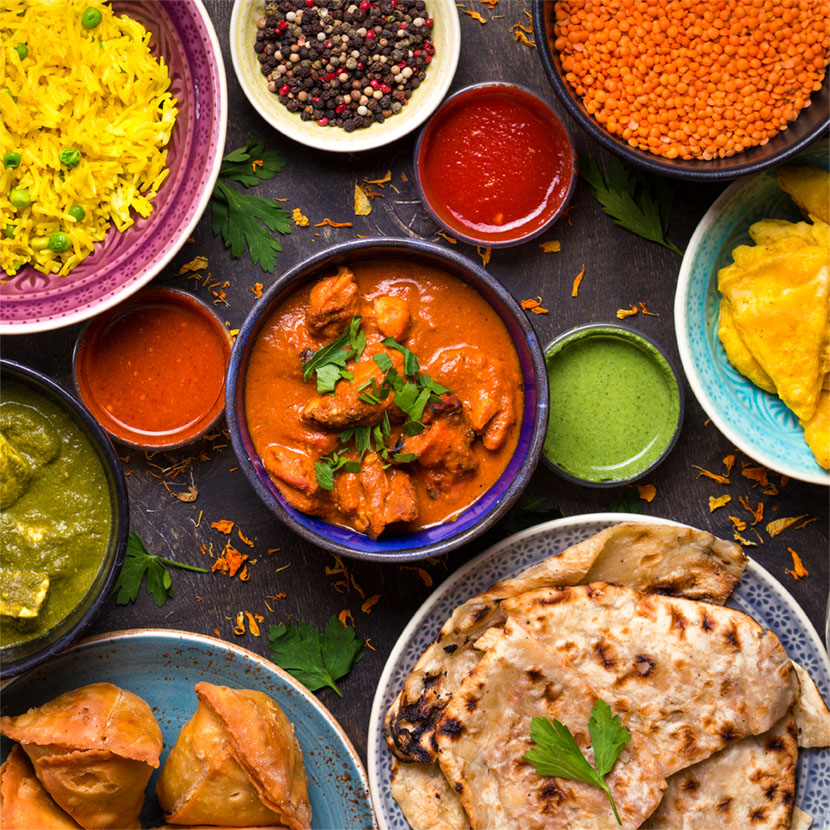
Goila Butter Chicken – from tradition to TV hype

Saransh Goila is an Indian chef, author of the food blog “India on a Plate”, and winner of the TV show “Food Maha Challenge”. In 2016, he founded a restaurant in Mumbai which put the legendary dish “butter chicken” at the heart of the menu. He perfected the dish to the extent that foodies and chefs from all over the world made pilgrimages to Mumbai just to try Goila’s butter chicken. Today, he is known all over the world, and runs 20 restaurants in Asia and Europe which sell his butter chicken – and nothing else. We’ve taken a close look at the recipe and have attempted to veganize it for you.
India offers virtually endless inspiration for the senses, and for foodies. That’s why, here at velivery, you will always find new products and recipe ideas from this exciting subcontinent.
Our top 5 tips for vegan Indian cuisine:
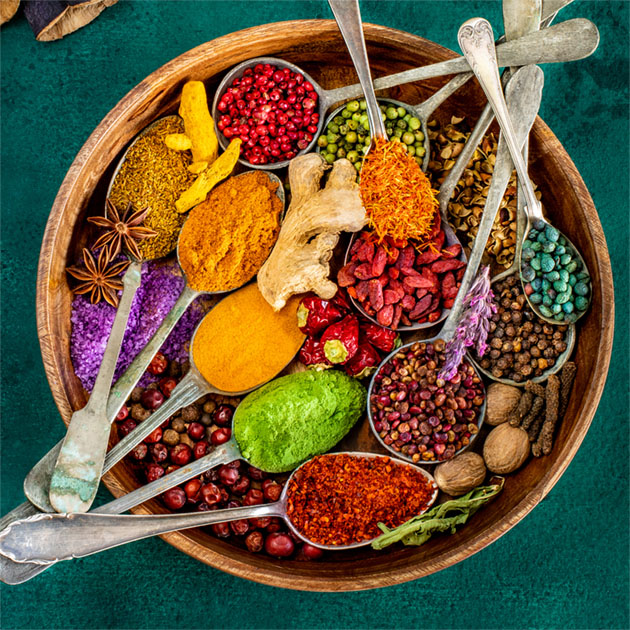
It all starts with the spices. Just a handful of exotic additions is all it takes to conjure up some Indian flair in your kitchen. You could start with turmeric, chili, cumin and coriander, or invest in one or two great spice blends. Ginger, onions and garlic are also a regular feature in Indian aromas. Of course, it’s completely up to you how much Indian fire you want to give your dishes. 🙂
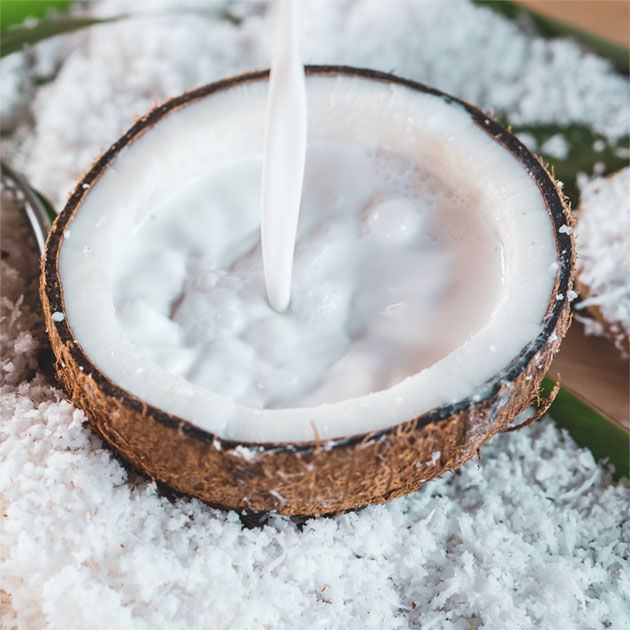
Coconut milk is the star of the show in many great, creamy curries. The coconut milk harmonizes wonderfully with the spicy ingredients. Coconuts are particularly popular in Sri Lanka and the south of India, where every part of the coconut is used – the coconut water, the oil and the meat. And the best thing about it is, of course, that it’s 100% vegan. The ghee – popular in Indian cuisine – can therefore be easily replaced with coconut oil.
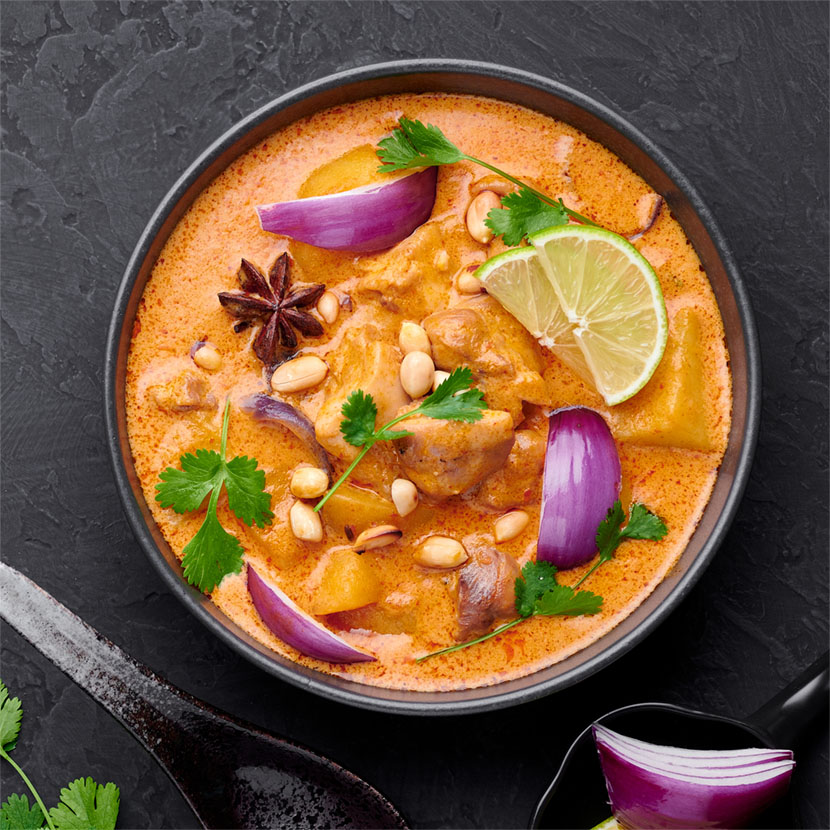
The Vantastic Foods “Chicken Chunks” are the ideal basis for making vegan alternatives to Indian chicken dishes. Just fry them over a high heat, and there you have it: a great, vegan, protein-rich base for Indian dishes of all flavor profiles.
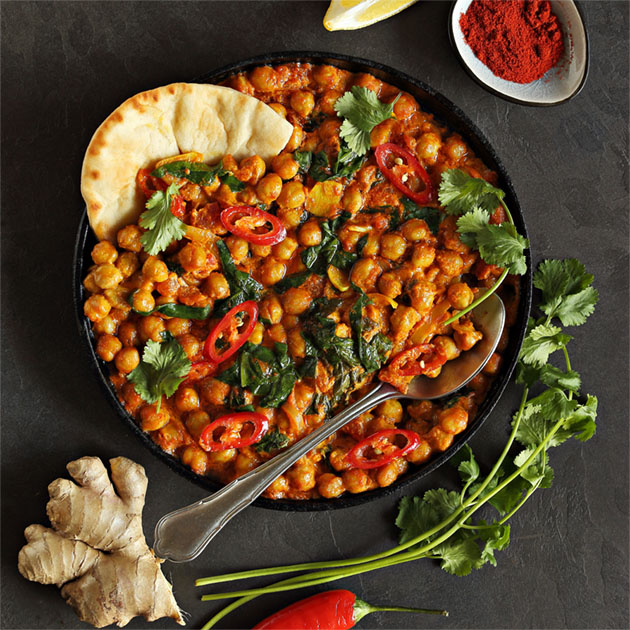
Not only are pulses one of the most popular protein sources for people living a vegan lifestyle: they are also very popular in India, where dishes made from yellow, red or black lentils, peas, or chickpeas, are called “dal” for short. And there are countless varieties of dal. For example, why not try our new recipe for dal tadka?
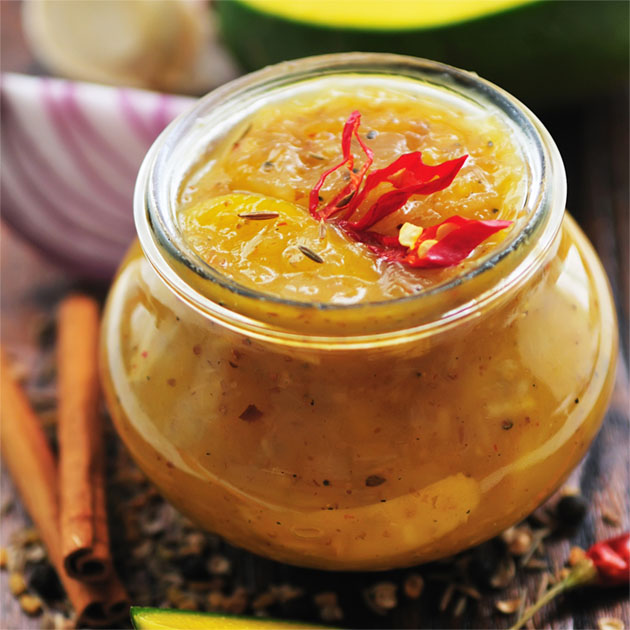
Chutney – an amazing dip which can be enjoyed with many Indian dishes: similar to jam, chutney is made from vegetables, fruit (especially mango) and many spices, and can be sweet and spicy or sweet and sour. Of course, in India they are often homemade, and everyone has their own secret recipe. But they all have one thing in common: they’re absolutely delicious!
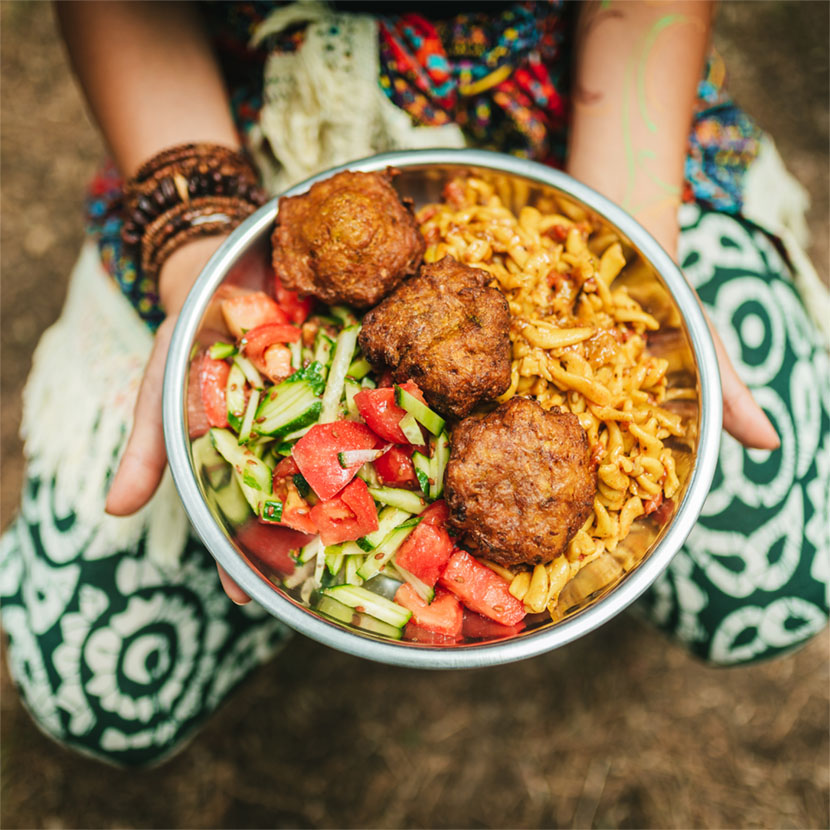
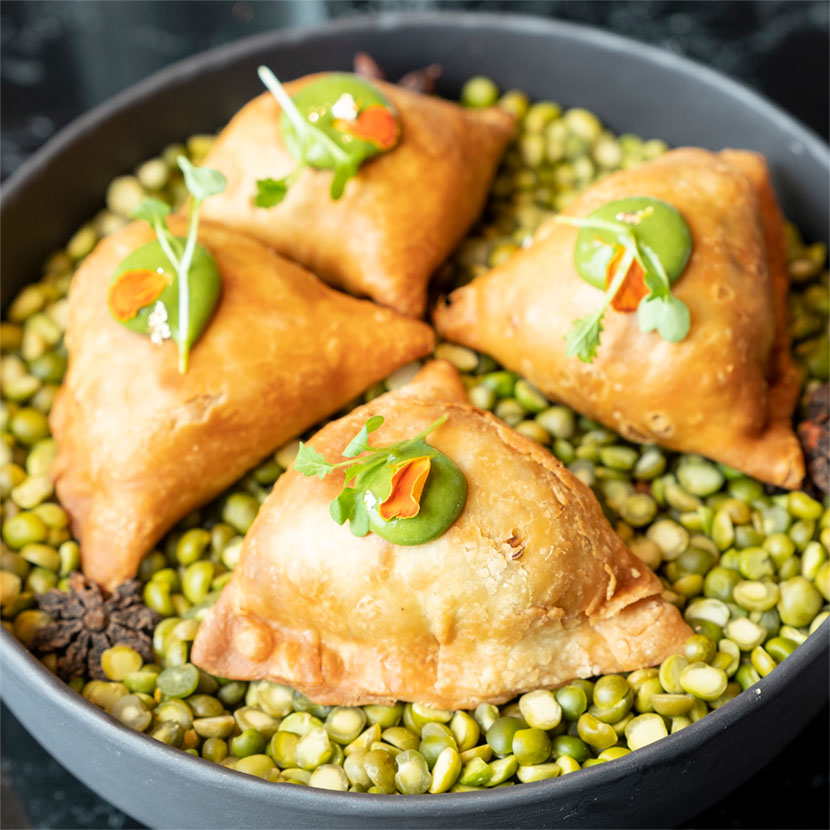

RECIPES
If you want to bring some of India’s colorful, spicy delights into your kitchen, you are spoilt for choice here! We’ve put together three absolutely delicious recipes for you.
